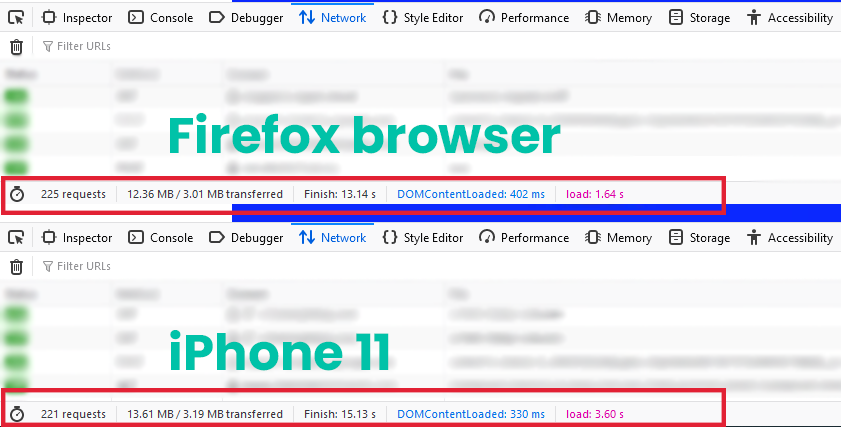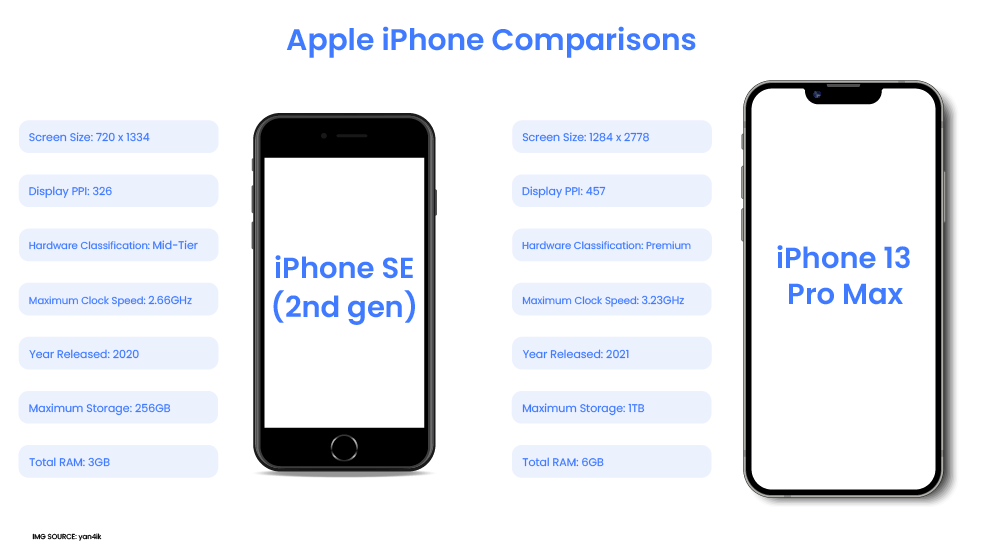Every business today, at least every business intending to generate revenue, has a website and wants to understand the behavior of the people visiting it to try and maximize conversions.
Some important questions may be:
Gone are the days of user behavior being analyzed without devices being considered - all digital content is consumed on a connected device, therefore the capabilities of those devices will determine the user experience. While many businesses utilize static reports from analytics platforms to uncover answers to the above questions, true knowledge is needed in real time.
Real-time awareness of user behavior by device also extends beyond web traffic; apps, networks, videos, etc. all present several opportunities for businesses to make strategic decisions about their audiences according to the devices they visit from. The rate at which devices are added to the market also strongly necessitates an understanding of the diverse nature of the landscape (for context, DeviceAtlas adds up to 50 devices to the library every day).
Mobile is (more than) half the battle
In Q1 of 2023, mobile devices (excluding tablets) accounted for 58.33% of global web traffic. Bounce rates are also invariably higher on mobile than on desktop, meaning that there is a real need to understand this traffic to enhance the experiences of those users.
There are a multitude of reasons why users abandon a website from their mobile device, but one important reason involves the ability of the website to adapt to the capabilities of the visiting device. According to Google, as page load time goes from one second to five seconds, the bounce rate probability increases by 90%. This seems straightforward, but without knowledge of the visiting device, how can website owners ensure that a page is correctly optimized?
See the example below where we tested the page weight of a well known UK eCommerce retailer on Firefox and an iPhone 11…no change when the page was visited with the lower end device - in fact, the page took 2 seconds longer to load…if what Google says above is accurate, it may not be good news for this particular retailer!

Even mobile phones between them possess varying hardware capabilities, which can have an impact on website accessibility. See the difference below, between two iPhones which were released to the market only 1 year apart:

From our Device Map data, we can see that mid-tier devices account for 63% of all unique device models (mobile phones) introduced to the market over the past 4 years—Premium, in other words, “top performing” mobile devices make up just 5% of the overall number. Such awareness of these distinctions would be advantageous to website owners in better understanding their device traffic. For more information our hardware classification property and how we segment mobile devices into tiers, check out this article.
Having a clear understanding of specific hardware capabilities of devices in real time can make the job of optimizing page performance so much easier. Unfortunately, many Analytics platforms do not make such distinctions for their customers - last year, we carried out some primary research on this and uncovered startling and disappointing results regarding a lack of useful information about device traffic. Those articles can be found here:
https://deviceatlas.com/blog/website-analytics-comparison-part-1 https://deviceatlas.com/blog/website-analytics-comparison-part-2Device analytics is the first piece of the puzzle; to focus on optimizing experiences without first analyzing the devices behind them is akin to putting the cart before the horse—insights are needed to first understand what should be optimized.
Imagine being able to pinpoint sessions where bounce rates exceeded the acceptable threshold and uncover which devices caused it—what were those devices? Were they lower end phones that might have required a lighter page? In a video analytics context, businesses could adopt a similar approach by measuring the impact of bit-rate on QoE across devices and adjust accordingly. Similarly, app marketers could rely on real-time analytics to uncover which devices are best performing based on user acquisition, campaign attribution, revenue tracking, etc.
Being able to understand how devices can affect customer behavior and business results in real time is powerful.
Keeping up with the bots
A thorn in the side of many website owners is invalid traffic (IVT), bots, spam, bad actors and whatever else they might be known as. Fake traffic can pollute data in analytics reports and cause significant discrepancies if not highlighted (in eCommerce, IVT costs retailers up to $5.7 billion).
Many analytics platforms do not show bot traffic, which seems strange, as it prevents site owners from seeing the full picture of website visitors. We analyzed our own traffic on a test website and discovered that 25% was made up of bots, and nearly 5% of mobile visits were not what they claimed to be. Roughly 14% of that was innocuous, but the rest was a clear case of misrepresentation—something claiming to be a particular mobile device, but with properties that didn’t align with the claim.
Having a device identification solution would highlight this traffic so a website owner knows exactly what it’s dealing with and prevent inaccurate reporting on analytics.
Open-source?
For many businesses that do see the value in real-time device analytics, they opt to draw from an in-house device database which may have been partly built using an open-source parser. While this is a much more cost effective solution than choosing an enterprise grade device identification partner, the engineering time and effort required to maintain a device database is colossal. Accuracy and reliability is critical when it comes to device identification, and the rapid pace of new devices and technologies emerging makes it difficult for businesses to keep up. The ability to correctly identify Apple devices is also notoriously difficult, but that’s an entirely different conversation! :-)
For peace of mind and certainty, companies striving for competitive advantage and true visibility of its traffic (or on behalf of its customers’ traffic) will partner with a device identification expert.
Conclusion
It has become evident in recent years that users and their devices are one and the same, and embracing real-time device identification is a sensible and strategic decision for businesses. As the device landscape continues to diversify, staying on top of this will prove crucial in seeing the full picture on visitor traffic.





